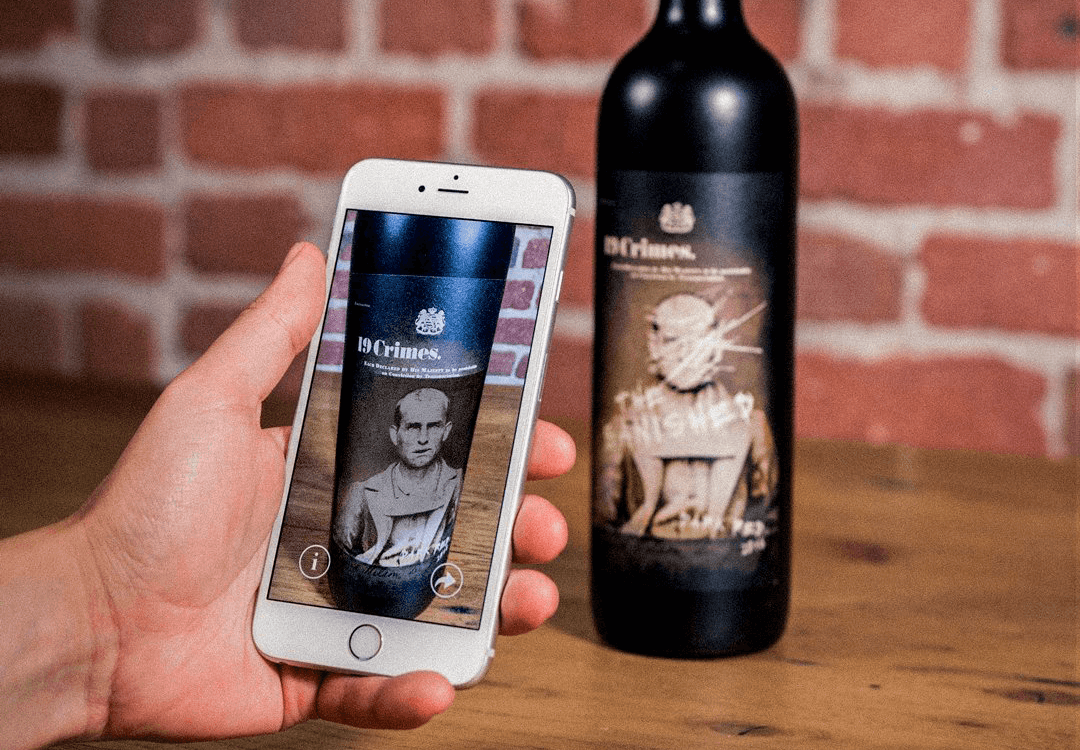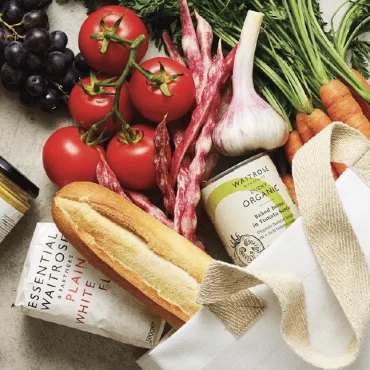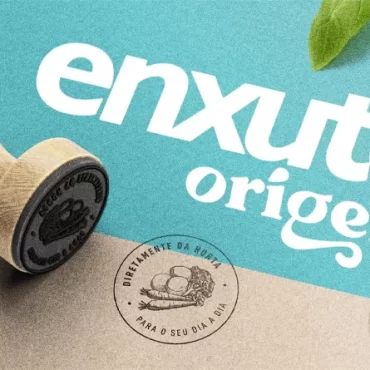Augmented reality in packages: giving wings to consumers’ imagination

Get inspired
A static image coming to life in front of your eyes is no longer something out of a sci-fi movie. The technology known as augmented reality (AR) has become popular through smartphones, coming to be used in different ways across segments.
The packaging industry couldn’t be any different. AR is already seen as a great opportunity to improve the relationship between brands and customers, allowing the physical and virtual universes to converge. Curious to know what AR is exactly and how it can contribute to a business? Read on!
After all, what is AR?
This technology enables the enhancement of reality through software and devices which insert virtual elements into the physical world. Do you remember the successful game Pokémon Go? It was a classic example of how AR can be used. All a person had to do was point the cellphone camera towards some place and the software interpreted that command showing digital creatures on the screen. Consequently, the user’s actions became significantly more interactive, since the “magic” happened right in front of his eyes.
Unlike virtual reality, in which a headset is needed in order to isolate oneself completely from the physical world, augmented reality is much more accessible by anyone. All it takes is a smartphone or a tablet with a camera.
Why use this technology on packaging?
In a challenging context where there are thousands of different packages in the market and a series of informations in each one’s labels, it’s essential that a company’s communication with its customers be efficient.
See also: “Can Artificial Intelligence replace design professionals?”
The use of AR can positively impact that. The interactivity and engagement generated by this technology creates a playful and creative way to convey useful information to the client or simply to entertain him. It’s an emotional strategy which strengthens the bond with a brand and creates a way richer experience that goes beyond a simple consumption relationship.
Imagine, for instance, a cereal box that employs AR to have its mascot come to life and move around. Or maybe a company which makes healthy products can use that technology to reveal how they are made without damaging the environment. These are examples that change a person’s perspective about a package and show that the brand is in tune with the market’s innovations.
Examples in the shelves
Don’t worry, you didn’t overdrink! It’s just the labels of the 19 Crimes wine bottles that started telling stories. Australian winery Treasury Wine Estates took advantage of AR to make their packages more attractive and informative for consumers. With the help of an app developed by the brand, customers were able to hear the interesting testimonies of british criminals that were expelled from the european continent and became the first colonizers of Australia.
Leuven brewery, based in São Paulo, also played around with that technology to bring the medieval figures in their labels to life. The goal was precisely to attract a younger audience which was interested in that universe.
Alegra Foods chose to approach customers by offering relevant help when preparing a meal. Through an app installed on a phone, a person could scan the package and watch a video containing a recipe using the product.
A band in your hands. That was Cup Noodles’ proposal with their special packages for Rock in Rio which “transformed” into musical instruments. All you had to do was place the package in front of the camera to hear an instrument like a guitar, bass or drums, and make your own music.
By proposing a connection to the digital world, companies make packages more interesting and get loyalty from customers who love novelty. How about you, do you know any other examples of packages using AR?




